In other words, climate change mitigation, biodiversity and ecosystem integrity are inextricably linked, and primary forests are a fundamental point of convergence – a place where biodiversity and climate mitigation values are greatest. This is what makes primary forests and other primary ecosystems truly irreplaceable. The biodiversity and carbon stored in primary forests are quickly lost but slow to recover.
Protect first, then restore
If the top priority nature-based solution for climate change is to protect primary forests and their biodiversity, the next order of priority is ecological restoration of degraded forests, also known as proforestation. This allows degraded forests to begin to regain their primary forest values over time.
Plantations store far less carbon than natural forests, protect far less biodiversity and are more vulnerable to disturbance, so their carbon stocks are far less secure.
Following proforestation, the next restoration objective should be to regenerate forests naturally where they have been cleared. Forests often regenerate most easily next to primary forest patches because even small remnants of primary forests serve a vital function as seed banks, and as habitat for seed dispersers. Focusing restoration efforts around these primary forests remnants is critically important to landscape restoration efforts. In some cases, ecological restoration cannot occur without active intervention because the land is too degraded. But this is expensive, and seed dispersers such as birds or monkeys replant forests better than humans. Allowing the forest to come back on its own is preferable where it is still possible.
On the other hand, tree planting schemes and large-scale plantations should be recognised as the lowest priority for climate mitigation and biodiversity. Seedlings planted today will not accumulate large amounts of carbon in the next decades – that is, the relevant time frame for staying below 1.5°C of warming. A degraded forest recovering from disturbance will drawdown much more. In addition, plantations store far less carbon than natural forests, protect far less biodiversity and are more vulnerable to disturbance, so their carbon stocks are far less secure. Because plantations are harvested on a regular basis, they also regularly release all or part of their carbon into the atmosphere.
This is not to say that plantations can’t be useful: assuming they do not displace local communities, food production or ecological restoration efforts, and their environmental impacts are mitigated, plantations can help meet wood demand and reduce pressure on natural forests. However, they are at best a marginal mitigation strategy.
Primary forests are irreplaceable
Primary forests are often the customary homelands of Indigenous Peoples, they are essential to protecting cultural and linguistic diversity, and they are fundamentally important to the livelihoods of local communities. They also provide a wide range of ecosystem services: they protect the most carbon and biodiversity, produce the cleanest freshwater, regulate water flows, have local cooling effects and prevent erosion. And yet they are disappearing very fast. We lose millions of hectares of primary forest every year. We have lost a third of the planet’s forest cover already, and less than a third of what remains is primary forest.





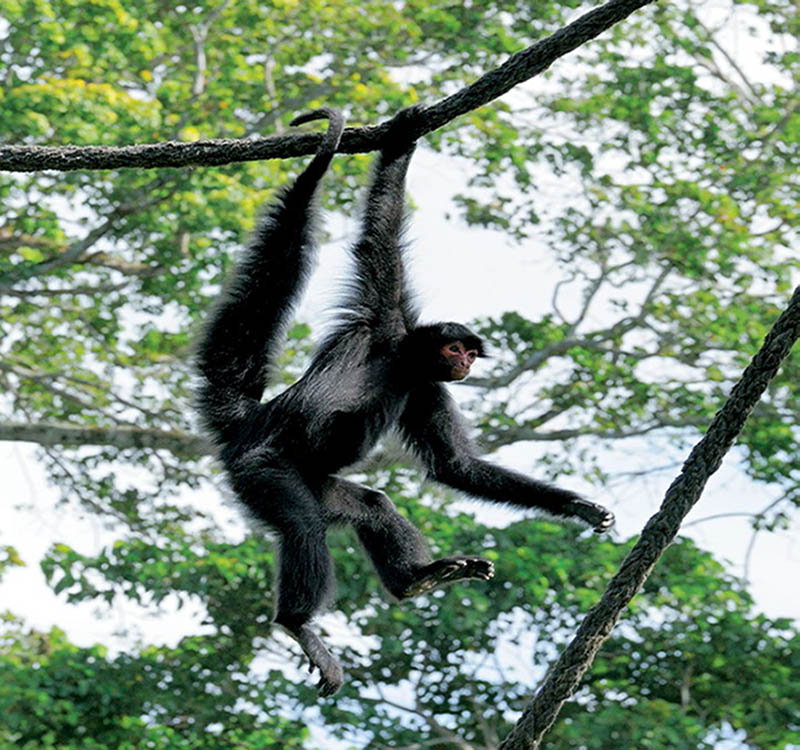
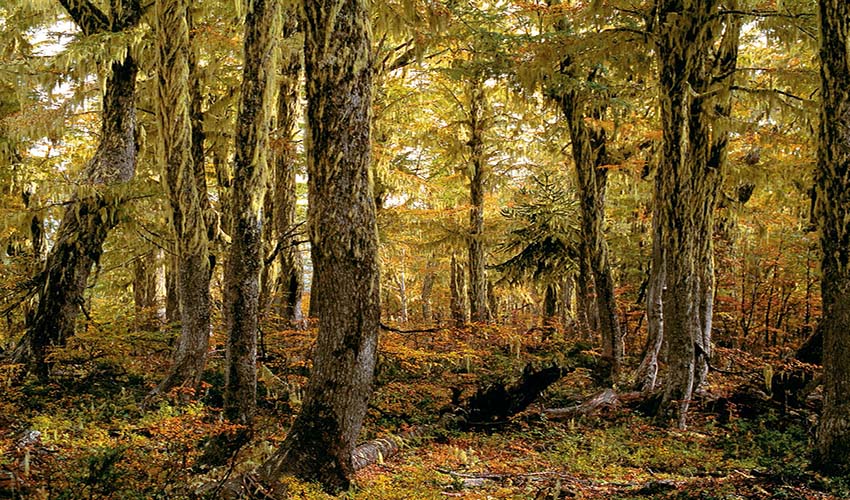
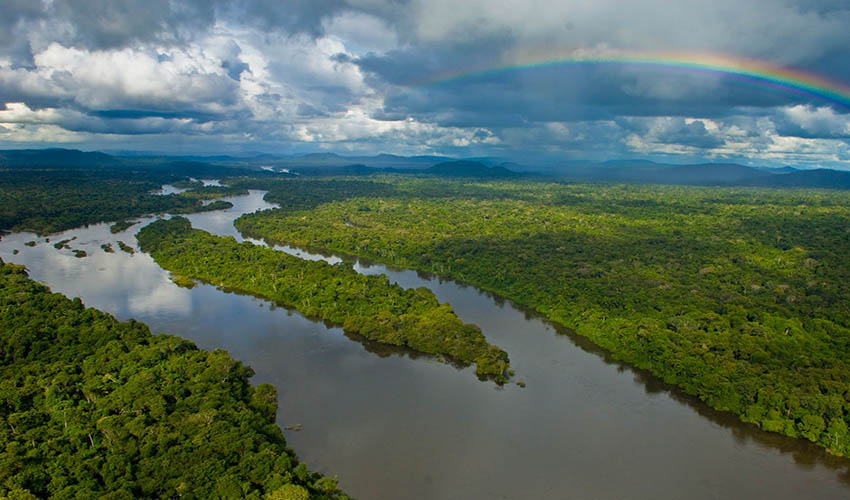
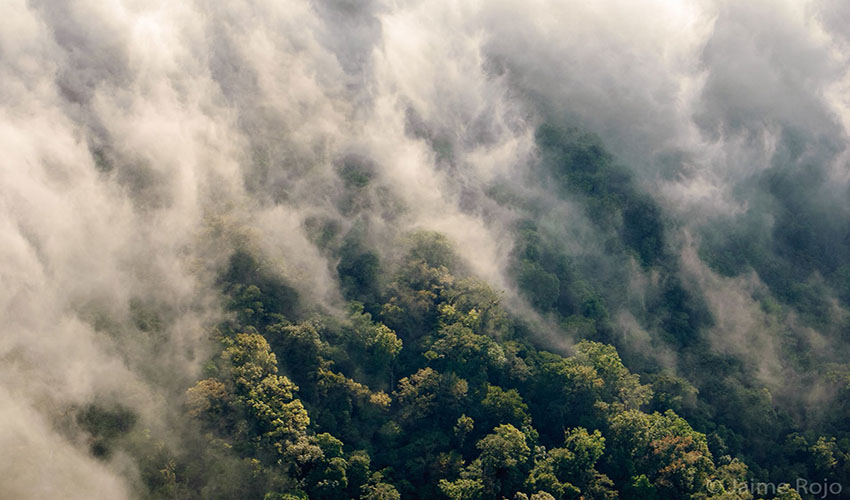
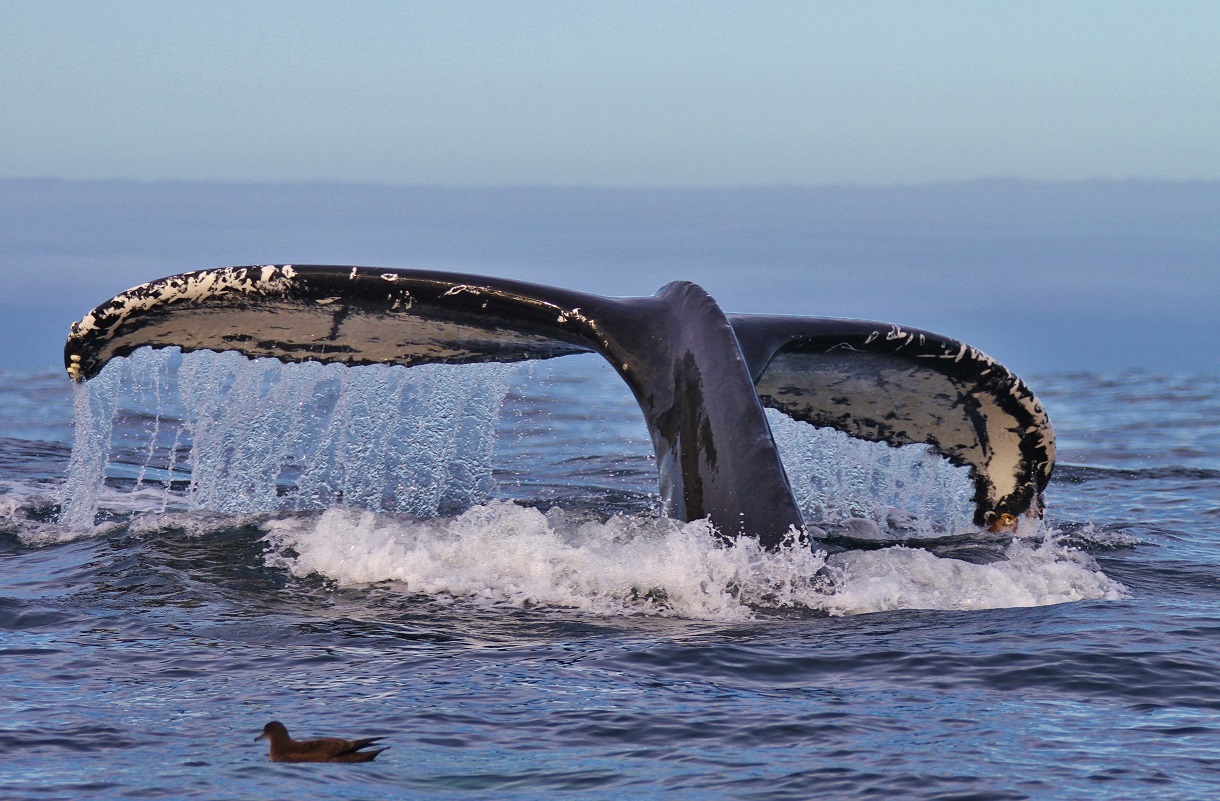

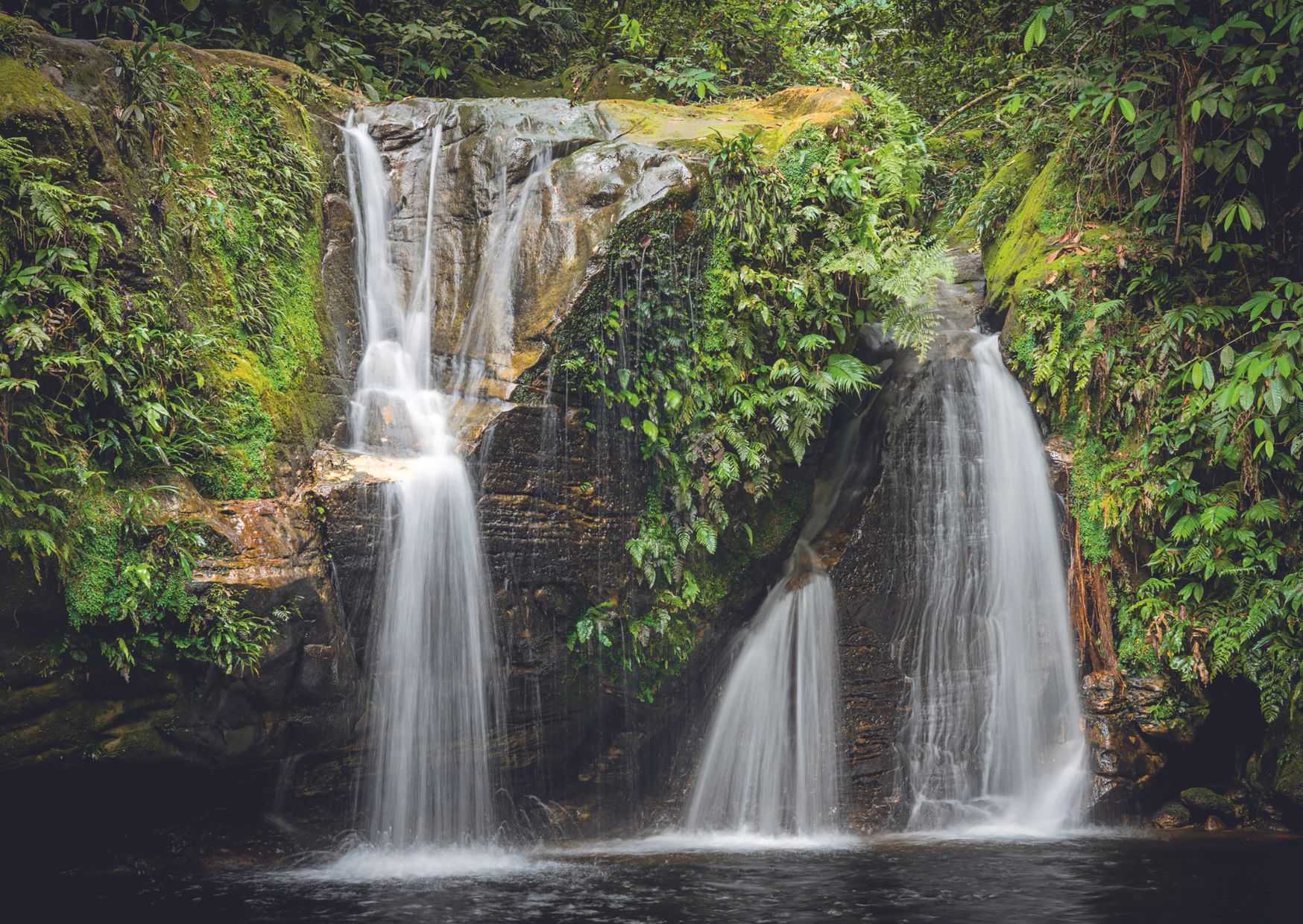

Ajouter un commentaire